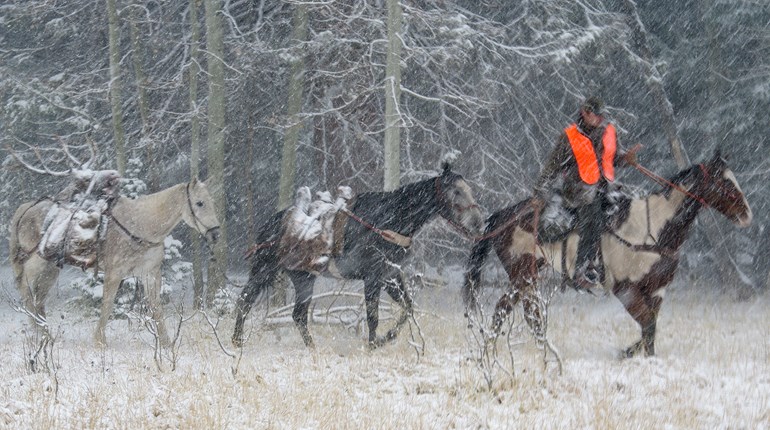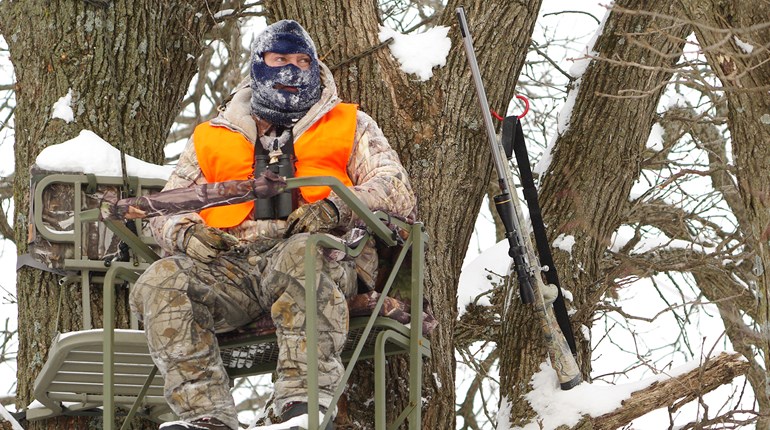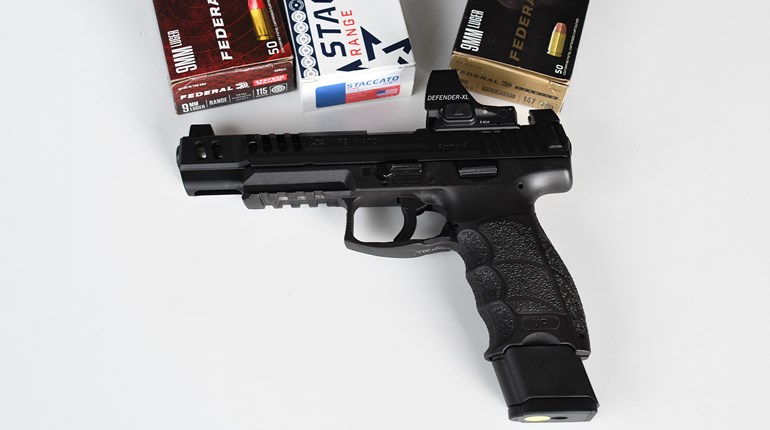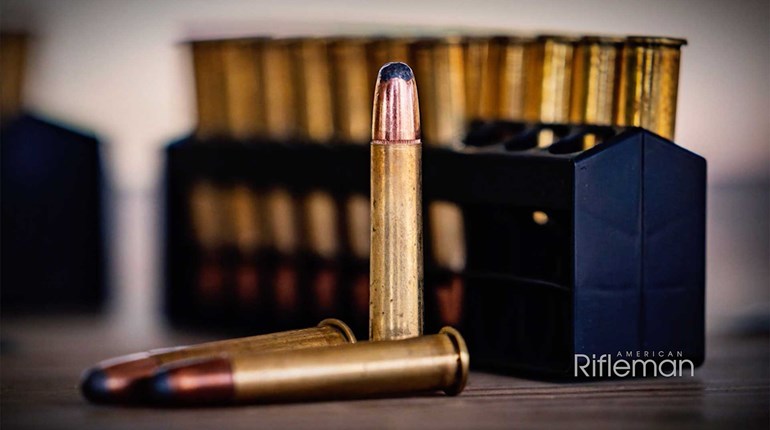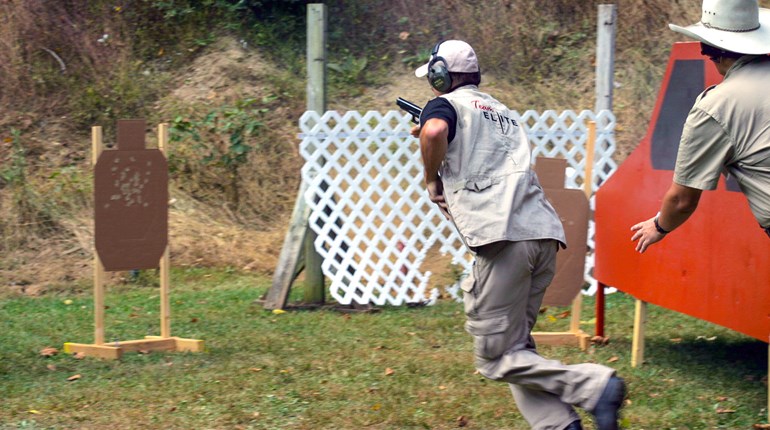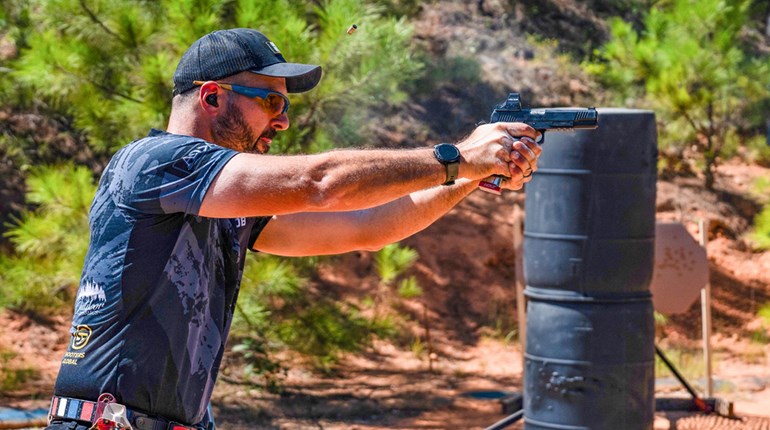
Love it or hate it, the 9 mm has ascended to the throne as the current king of carry-gun cartridges, and one of the most-popular delivery systems is the Glock G19. This handgun is listed as a “compact” size by Glock, in contrast to the larger G17. For many, it strikes the perfect balance for ease of carry while asking no compromise when shooting. This pistol has become a favorite with a lot of people who carry every day; both on the law enforcement and civilian sides of the spectrum.
To say Wilson Combat has a long history in the shooting world epitomizes understatement. I well remember reading about Bill Wilson as a competitive shooter in the ’70s. He started tuning guns for competition shooters back then and that grew into the current-day Wilson Combat, one of the most-respected firearm companies in the shooting world. In addition to manufacturing its own line of firearms and a wide range of parts, Wilson Combat has stayed true to its gunsmithing roots and offers several modified guns. These are tuned and fitted with an array of Wilson Combat parts and are often custom finished. Included in its catalog are several custom Glock handguns, so the company has some experience with the Austrian handgun.

MSG Paul R. Howe, U.S. Army, Retired, served for more than 20 years, retiring as a master sergeant. He spent much of that time in Special Operations as an assault team leader, sniper and senior instructor. In other words, he is a guy who has “seen the elephant” and what lies beyond. When I asked a former member of the unit in which he served, who knew him as an instructor, he said, “Howe was well-respected and we all picked him as the most-professional instructor.” Today Howe runs a training facility called Combat Shooting & Tactics (CSAT) in Nacogdoches, TX.
I recently spent a little time with Howe at Bill Wilson’s Texas ranch. His motto is “Be humble, be low-key, be deadly.” I found he embodied the first two parts during our conversations, I’ll just assume the last.
So if you take a trilogy like this, each at the top of their game and toss them in a sack and shake it up, what comes out is the Wilson Combat, Paul Howe Glock G19 handgun.

This is a fighting pistol with the foundation of one of the most-respected modern handguns, design modifications from one of the top trainers and the work completed by one of the best gunsmithing companies in the firearm industry.
To be clear, the Wilson Combat, Paul Howe Glock is the Glock G19, modified to Howe’s specification by Wilson Combat. It may well be the ultimate carry and fighting handgun.
That said, it is surprisingly simple, which I think reflects the concept of a true fighting handgun. Howe has designed modifications that all serve a purpose. Reliability and performance are the key to a fighting gun, not a lot of high-tech, bolt-on glitter. With this gun they used the KISS approach and every modification enhances the pistol as a fighting tool.
The Paul Howe G19 starts out as a Glock Gen 4 model G19. Wilson Combat installs its new Full Fit Wilson Combat Barrel. The barrel is the heart of any firearm, and this new option from Wilson Combat beats strong in this handgun. Made from a billet of aerospace-grade 416R stainless steel, the barrel is made oversize in all fitting dimensions and is designed for professional gunsmith installation. The button-rifled 1:16-inch twist tube comes chambered and crowned. Its six lands, right-hand twist rifling can handle all pistol bullets, including lead, cast, plated or jacketed. Fitting the barrel requires a lot of work from a professional gunsmith, and this accounts for much of the added value of the Paul Howe Glock. As company representative Guy Joubert told me, “This will be the most-accurate G19 you have ever fired.”

I fired one of these guns pretty extensively during that same visit to Wilson’s ranch. The Paul Howe Glock was passed around with the writers and each of us tried to melt it down by shooting magazine after magazine of ammo almost nonstop. Any honest gunwriter will tell you his favorite ammo is called OPA (Other People’s Ammo) and we sampled Wilson’s ammo with unbridled enthusiasm. As soon as one writer put it down, another picked it up and continued shooting. I fired a few hundred rounds myself and collectively we probably shot thousands. I know Bill Wilson opened several big boxes of 9 mm ammo before we were done for the day and this gun digested more than its fair share. The gun never malfunctioned for me or, as far as I know, any other writer, even as it was sizzling hot and as dirty as a puppy playing in a mud puddle.
Later I received a different gun to test for this article. I shot that one a bunch, too, and it’s the same thing: It’s boringly reliable. I like that in a defensive pistol. (No, check that. I require that in a defensive pistol.)
Modifications don’t stop with the barrel. Wilson gunsmiths remove the Glock pattern on the sides and front of the grip and then laser engrave a stippled, starburst pattern. This stippling provides a strong gripping surface while not being so aggressive it chews through clothing and skin like 60-grit sandpaper if worn inside the waistband. The gun also includes stippled thumb pads forward on the frame, but obviously for shooters with bigger hands than mine. My thumbs don’t reach that far forward. Regardless, the stippling forward on the frame completes the look with the distinctive Wilson Combat logo laser tastefully engraved in these thumb pads. The trigger guard is relieved with the “Paul Howe Cut” to allow the ring finger to grip higher and not be battered by the gun.
Wilson Combat both tunes and smooths the action on the Paul Howe G19. It also replaces some parts and tunes the trigger to a smooth 4.5-pound pull. My sample breaks at 4 pounds, 7 ounces on my Lyman digital trigger scale. It’s smooth enough that it feels even lighter. Joubert said, “We could go lighter, but Howe believes that this pull weight is well suited to a defensive pistol.” The accepted wisdom is that too light of a trigger pull on a defensive pistol can lead to problems when the shooter is under high stress. This pull weight balances the “shootabilty” of the gun with safety quite nicely.
The trigger has a defined shelf just before breaking, almost like a two-stage trigger. This aids in trigger control and helps for precision shooting. If part of your training routine is to practice 50-yard head shots, this trigger works great. I know, because I did several of them on a steel target at the Wilson Ranch. If you are slapping the trigger for close-in speed drills, the light and smooth pull will speed up your split times. If you are a “feel the reset” kind of shooter, the reset is tactile and well defined. In other words, for any style of combat shooting this is one of the best Glock triggers I have tried.

The slide is finished with the company’s proprietary Black Armor-Tuff coating, and the CSAT Logo is laser engraved on the right side. The flat area atop the slide has Paul Howe-designed Wide Slide Top serrations which help to reduce glare along the sight path (and they also look cool). I know I said all the modifications serve a purpose for this fighting handgun and they do, but there is no law against looking good while they do it.
The sights on the Paul Howe G19 are simple, practical and easy to use. The rear is a Wilson Combat Square Notch Battlesight. This is a rugged sight that is locked into the dovetail with two setscrews instead of the usual one. It is made from hardened carbon steel and has a black Parkerized finish. The concave rear blade is serrated 40 lpi, while the notch area is recessed into a semi-circular pocket for a protected sight picture. With a square leading edge, the rear sight allows one-hand manipulation of the slide by hooking the sight on a boot or belt. The rear notch measures .180 inch wide, making this a good sight for poorly lit shooting conditions, dynamic shooting situations or for those with aging eyes. Pyramid-shaped, the rear sight occludes less of the target while shooting. All edge radii are smooth so they don’t gouge the holster or the shooter.
The front has an AmeriGlo tritium insert with a larger green outline. The blade measures .140 inch wide. This makes a sight picture with plenty of space on each side of the front sight when viewed through rear-sight notch. Yet, I found the sights fine for precision shooting as I engaged (and even hit) targets out to 100 yards on the Wilson Ranch range. At the other end of the spectrum, they have an array of steel targets up close. I found that this gun was fast and smooth when shooting multiple targets and that I could see the sights well enough to go at (my) top speed.
The Gen4 Glock, of course, has removable backstraps to help fit the grip to a wide range of hand sizes. Wilson Combat adds an extra-long backstrap pin to ensure retention.
When it comes to a carry gun this handgun checks all of the boxes. It’s ready to roll out of the box, just add ammo.















